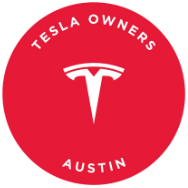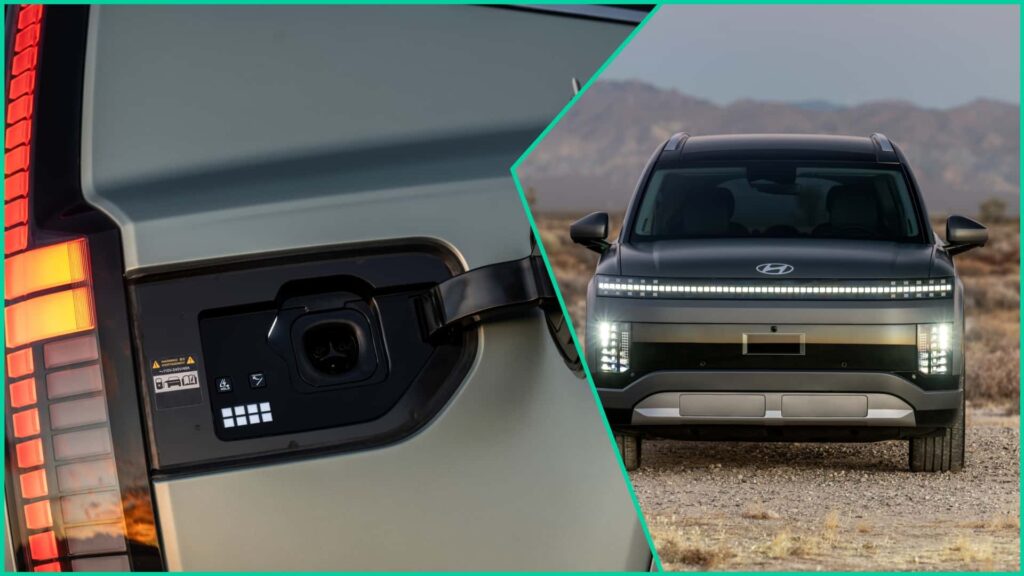Hyundai recently unveiled the Ioniq 9, an impressive three-row electric SUV that offers a sleek design and spacious interior. What sets the Ioniq 9 apart is its inclusion of the Tesla-designed North American Charging Standard (NACS) port right from the factory. This means that owners of the Ioniq 9 will have direct access to Tesla’s extensive and renowned charging network without the need for any adapters.
The decision to equip the Ioniq 9 with the NACS port showcases Hyundai’s forward-thinking approach to electric vehicles. While many other non-Tesla EVs currently rely on the Combined Charging System (CCS) and require an adapter to access Tesla Superchargers, Hyundai is ahead of the curve by providing native NACS compatibility.
Several major automakers have announced their transition to NACS in order to gain access to Tesla’s charging infrastructure. Companies like Ford, Rivian, General Motors, Volvo, and Polestar have all made moves to join the network, albeit through the use of adapters. Hyundai’s Ioniq 5 crossover, set to hit dealerships this year, will be the first non-Tesla EV to feature a built-in NACS port.
The Ioniq 9, scheduled for release next spring, will offer a larger and more spacious option for customers interested in an electric SUV. However, despite the convenience of the NACS port, the industry is still in a period of transition between charging standards. This means that owners may still need to use adapters when charging at non-Tesla stations.
Overall, Hyundai’s integration of the NACS port in the Ioniq 9 represents a significant step forward in the EV market. By providing a seamless connection to Tesla’s Supercharger network, Hyundai is making it easier for customers to adopt electric vehicles and enjoy the benefits of fast and reliable charging. The Ioniq 9 is poised to be a game-changer in the electric SUV segment and a testament to Hyundai’s commitment to innovation in the EV space.

